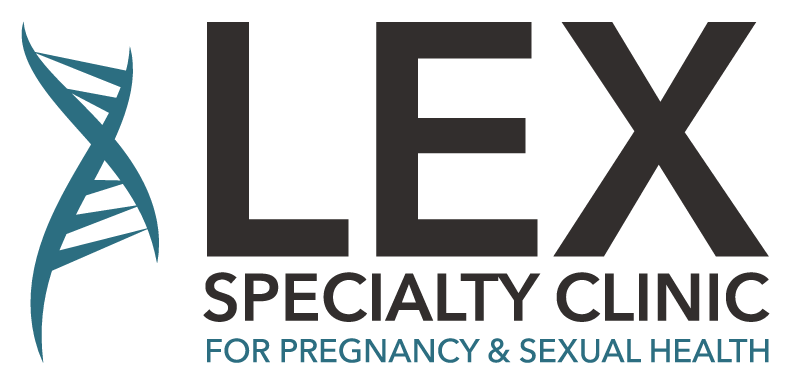If you’re facing an unplanned pregnancy, you’ve probably got a lot of questions about how much the abortion pill costs. Does insurance cover the abortion pill? If not, what is the out-of-pocket cost? There are a lot of numbers to crunch and countless thoughts and feelings to sort through.
Before you take the pill, take time to get the facts. Keep reading to learn more about the cost of the abortion pill.
Does Insurance Cover the Abortion Pill?
MinnesotaCare and Medical Assistance cover abortion in cases of medical emergencies, incest, or rape. The abortion must be determined to be medically necessary by the provider.1
Coverage for abortion may vary under private insurance plans. If your plan does not include abortion services, you may have to pay out-of-pocket.
How Much Does the Abortion Pill Cost Without Insurance?
As of October 2024, the abortion pill can cost between $500 to $950 without insurance.2 Prices may vary based on the dosage you need and the provider you purchase it from.
Additional Costs to Consider
Like any medical procedure, the abortion pill comes with risks and side effects, which could require follow-up care, antibiotics, or even surgery to treat. Examples include:
- Hemorrhaging. It’s normal to bleed for a while after taking the abortion pill. However, if you soak through two full-size sanitary pads per hour, for two or more hours, you could be hemorrhaging.3
- Incomplete abortion. Incomplete abortions occur when some pregnancy tissue remains in the uterus after misoprostol has been taken. Emergency surgery may be needed to remove the remaining tissue and prevent infection.4
- Infection. If you experience nausea, vomiting, diarrhea, or a fever for more than 24 hours after taking the second medication, an infection may have developed. You may need antibiotics or even surgery to treat your condition.5
What Do I Need to Do Before Taking the Abortion Pill?
We get it—finding out that you’re pregnant when you don’t want to be can be scary. It can be easy to spiral at a moment like this. We encourage you to take a deep breath and know that you aren’t alone. You owe it to yourself to make an informed and empowered decision!
Before taking the abortion pill, it’s important to receive an ultrasound and understand your pregnancy options.
Why Do I Need an Ultrasound?
Ultrasounds determine two key things about your pregnancy: viability and gestational age.
What is Pregnancy Viability?
A viable pregnancy means that, in the early stages, growth and development are progressing as expected. For example, after about 6 weeks gestation, the fetal heartbeat can be detected by an ultrasound.6
This is critical information because a significant number of pregnancies end on their own in miscarriage.7 The ultrasound also can show if the pregnancy is inside the uterus. A small number of pregnancies form outside the uterus, known as ectopic pregnancy. Not only can ectopic pregnancies be life-threatening, but the abortion pill doesn’t treat them8—in either case, abortion is no longer an option to consider.
What is Gestational Age?
Gestational age refers to how far along you are in your pregnancy. It’s important to know your gestational age since the abortion pill is only FDA-approved for up to 10 weeks from your last menstrual period.9
What are My Pregnancy Options?
In the chaos of an unplanned pregnancy, it can be easy to make a snap decision out of fear. It’s important to understand each of your pregnancy options, so you can make a decision you feel confident in. Lex Specialty Clinic is here to answer all of your questions regarding abortion, adoption, and parenting—all without judgment.
Abortion Pill Information in East Central, Minnesota
The risks associated with the abortion pill may be costly. Compassionate care is priceless. The licensed medical staff at Lex Specialty Clinic is here to provide the insight and support you need to make an empowered decision for your unplanned pregnancy—all at no cost to you!
Give us a call at (763) 689-4319 or make an appointment online today.
Please be aware that Lex Specialty Clinic does not provide or refer for abortion services.
Sources
- Abortion Services. Minnesota Department of Human Services. (2024, February 27). https://www.dhs.state.mn.us/main/idcplg?IdcService=GET_DYNAMIC_CONVERSION&RevisionSelectionMethod=LatestReleased&dDocName=DHS16_137809
- As advertised by abortion providers as of October 2024.
- FDA. (2016). Prescribing Information for Mifeprex. U.S. Food & Drug Administration. Retrieved from https://www.accessdata.fda.gov/drugsatfda_docs/label/2019/022348s014lbl.pdf
- Mayo Foundation for Medical Education and Research. (2022, July 29). Medical Abortion. Mayo Clinic. Retrieved from https://www.mayoclinic.org/tests-procedures/medical-abortion/about/pac-20394687
- U.S. National Library of Medicine. (2023, December 2023). Mifepristone (Mifeprex). MedlinePlus. Retrieved from https://medlineplus.gov/druginfo/meds/a600042.html
- Männer, J. (2022, June 9). When Does the Human Embryonic Heart Start Beating? A Review of Contemporary and Historical Sources of Knowledge about the Onset of Blood Circulation in Man. Journal of Cardiovascular Development and Disease. https://www.ncbi.nlm.nih.gov/pmc/articles/PMC9225347/
- Mayo Clinic. (2023, September 8). Miscarriage – Symptoms and Causes. Retrieved from https://www.mayoclinic.org/diseases-conditions/pregnancy-loss-miscarriage/symptoms-causes/syc-20354298
- FDA. (2023, September 1). Questions and Answers on Mifeprex. U.S. Food and Drug Administration. Retrieved from https://www.fda.gov/drugs/postmarket-drug-safety-information-patients-and-providers/questions-and-answers-mifeprex
- Center for Drug Evaluation and Research. (2023, March 23). Mifeprex (Mifepristone). U.S. Food and Drug Administration. Retrieved from https://www.fda.gov/drugs/postmarket-drug-safety-information-patients-and-providers/mifeprex-mifepristone-information

